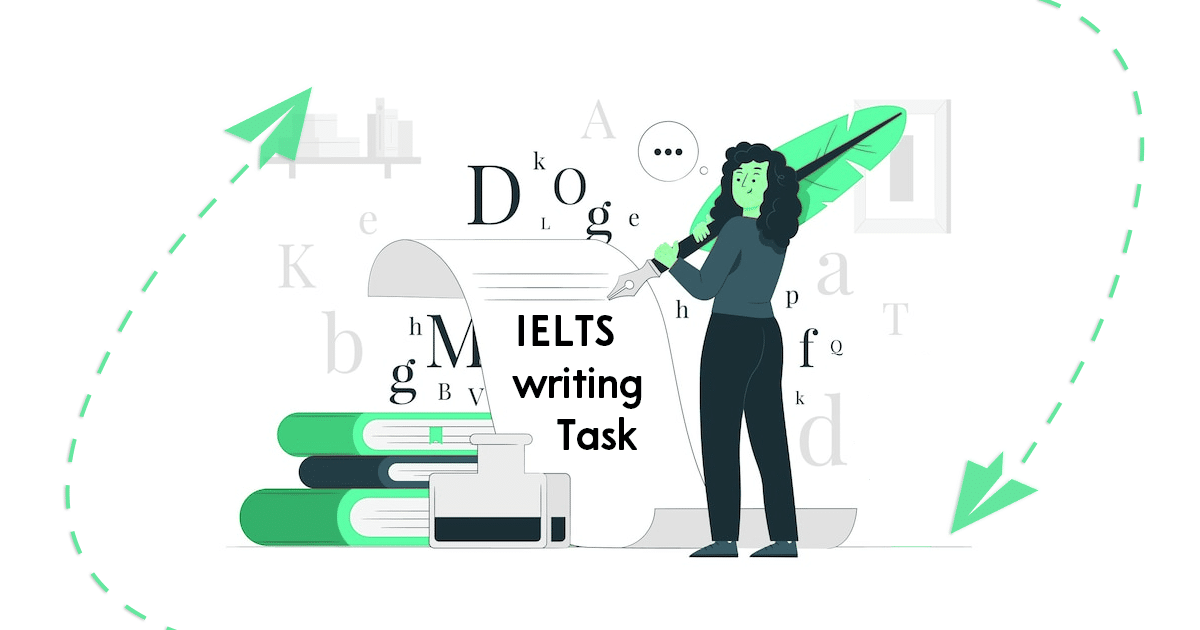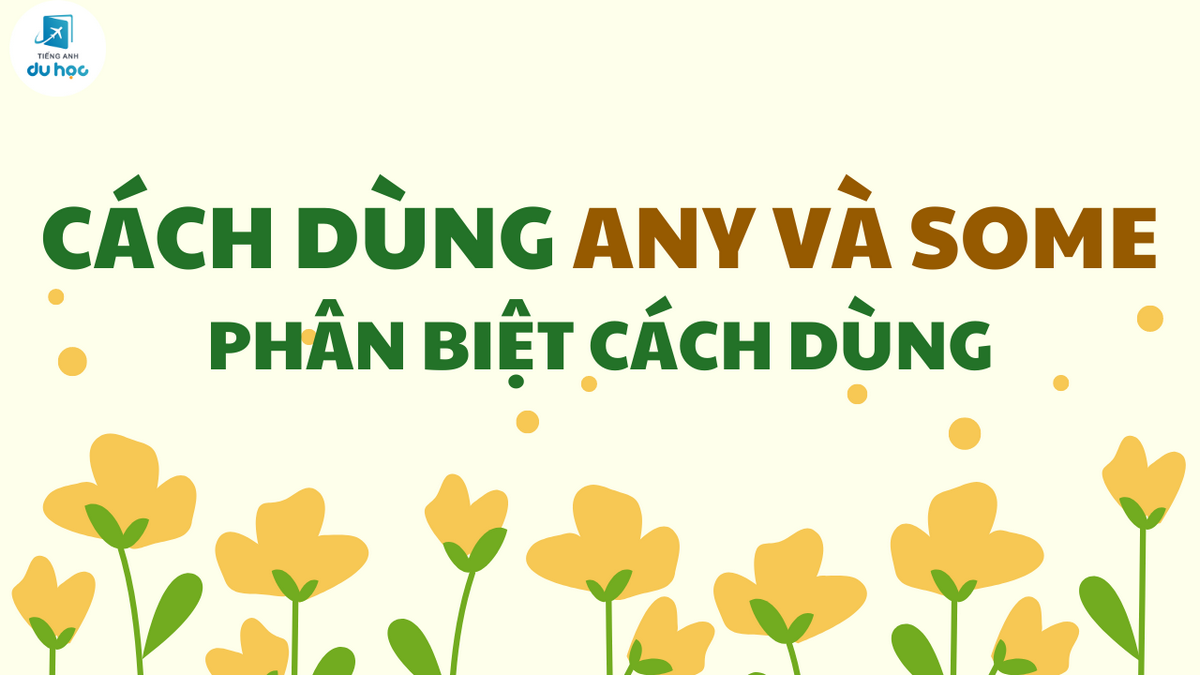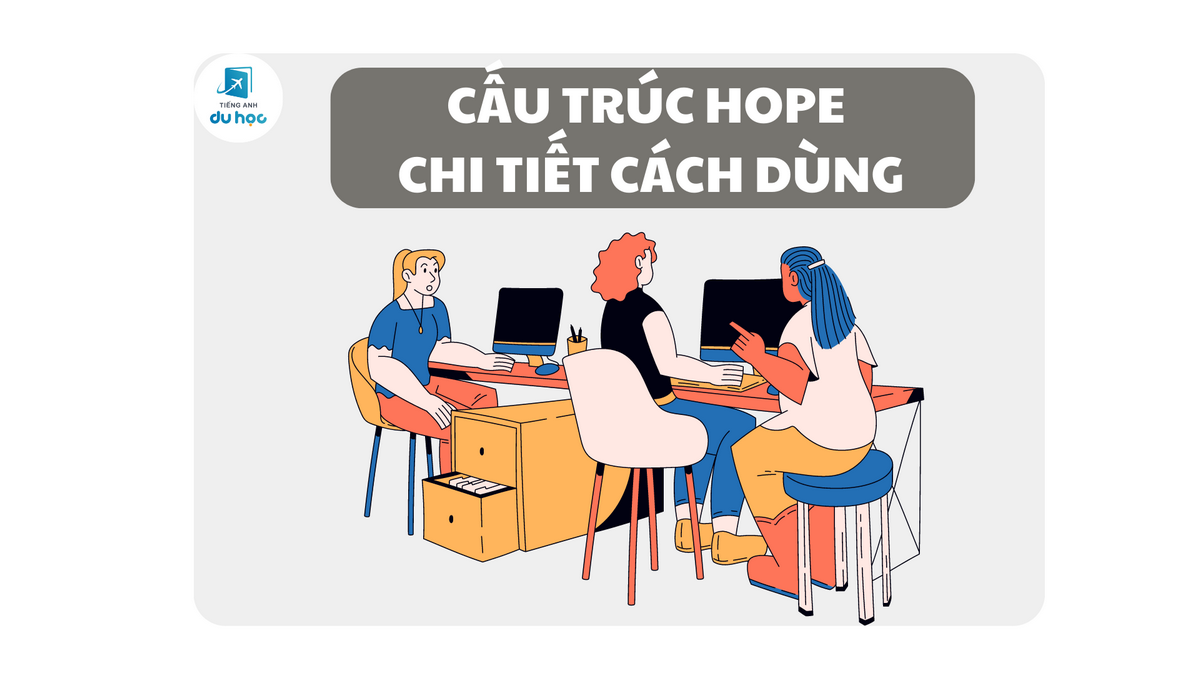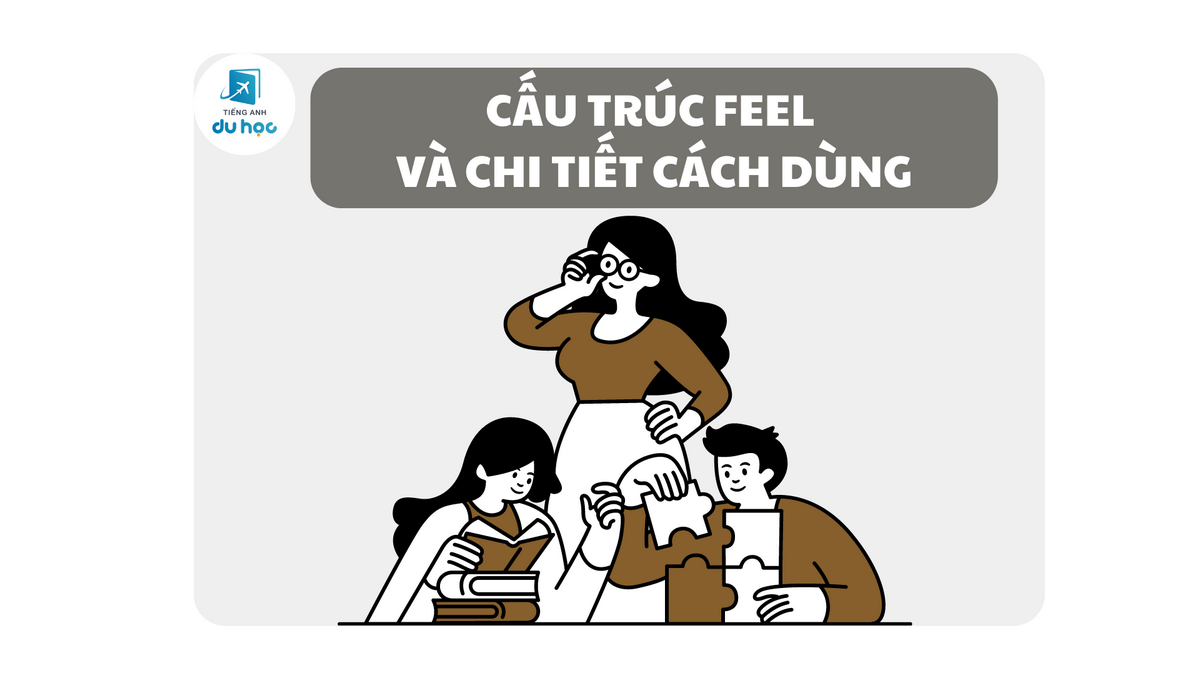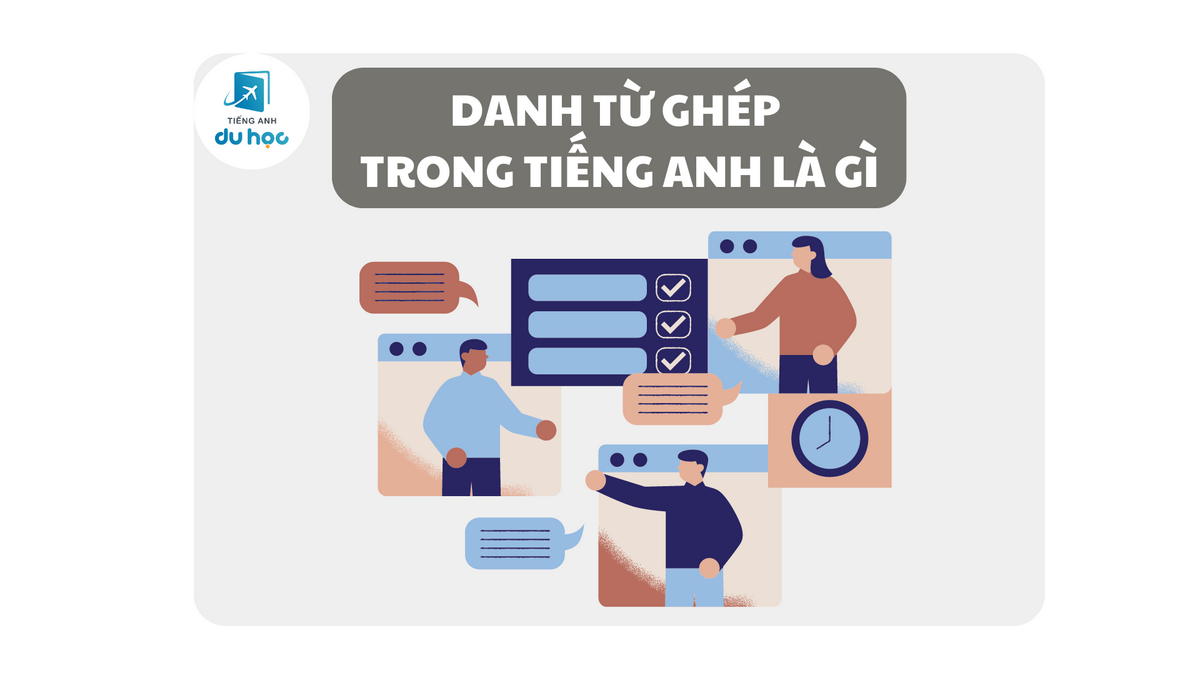Trong tiếng Anh, quy tắc lùi thì là cấu trúc ngữ pháp được dùng nhiều nhất và cũng là phần ngữ pháp quan trọng cần phải ghi nhớ. Bài viết dưới đây, tienganhduhoc sẽ chia sẻ chi tiết về quy tắc lùi thì trong tiếng Anh.
1. Câu tường thuật là gì
Câu tường thuật hay còn được gọi là câu gián tiếp trong tiếng Anh, là câu được sử dụng khi một người nào đó muốn thuật lại hoặc kể lại một câu mà người khác đã nói trước đó.
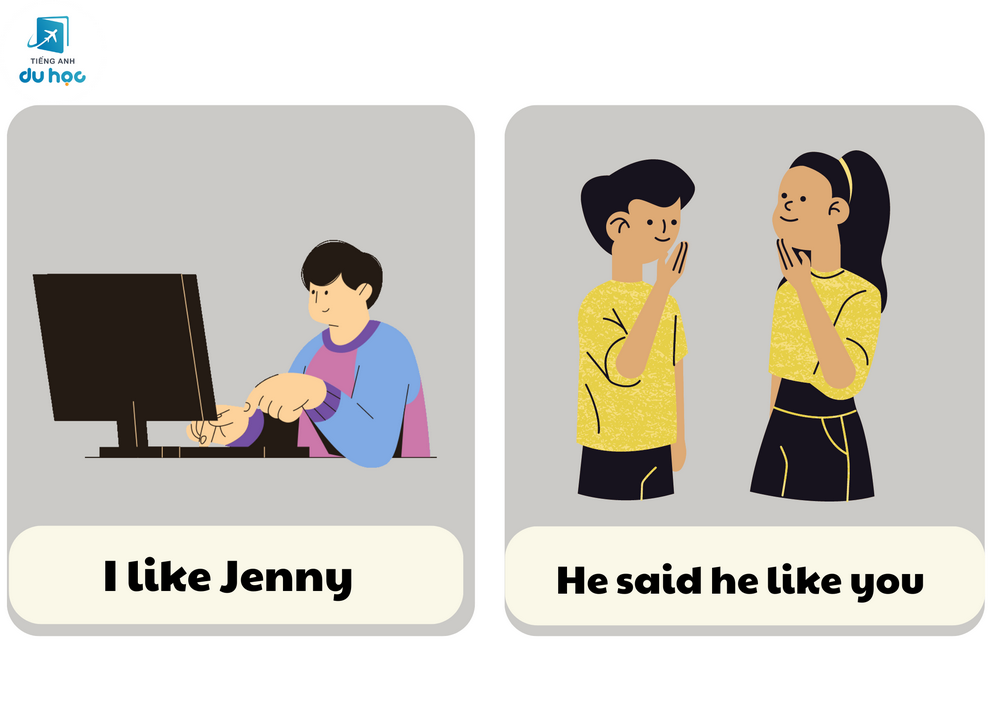
2. Quy tắc lùi thì từ câu trực tiếp sang câu tường thuật
2.1. Chuyển đổi động từ
Thì của các động từ trong câu gián tiếp chuyển đổi theo một nguyên tắc chung đó là lùi nó về quá khứ (các thì xuống cấp):
| Direct speech | Reported speech |
| Present simple: V1 Ví dụ: – Nick said “I am told to be at school before 7:30 o’clock”. – She said, “I like Tom” | Past Simple: V2/ed Ví dụ: – John said (that) he was told to be at work before 7:30 o’clock. – She said (that) she liked Tom. |
| Present Progressive: am/is/are + V-ing Ví dụ: – She said, “I listening to music” | 2. Past Progressive: was/were + V-ing Ví dụ: – She said (that) she was listening to music |
| Present Perfect: has/have + V3/ed Ví dụ: – She said, “I have just bought a new shirt” | 3. Past Perfect: had + V3/ed Ví dụ: – She said (that) I had just bought a new shirt |
| Past Simple: V2/ed Ví dụ: – They said, “We came by bus” | 4. Past perfect: had + V3/ed Ví dụ: – They said (that) they had come by bus |
| Past Progressive: was/were + V-ing Ví dụ: – She said, “I was sitting in the coffee shop at 7 pm” | 5. Was/were + V-ing hay Past Perfect Progressive Ví dụ: – She said (that) she was sitting in the coffee shop at 7 pm. – She said (that) she had been sitting in the coffee shop at 7 pm. |
| Past Perfect: had + V3/ed Ví dụ: – He said, “My money had run out” | 6. Past perfect: had + V3/ed Ví dụ: – He said (that) his money had run out |
| Future Simple: will + V + without to (VO) Ví dụ: – Lucy said, “I’ll miss you” | 7. Would + V without to (VO) Ví dụ: – Lucy said (that) she would miss me |
| Can Ví dụ: – She said, “you can stand there” | 8. Could Ví dụ: – She said (that) we could stand there |
| May Ví dụ:Mark said, “I may go to Nha Trang again” | 9. Might Ví dụ: – Mark said (that) he might go to Nha Trang again. |
| Must Ví dụ: – She said, “I must finish this research” | 10. Must/had to Ví dụ: – She said (that) she had to finish that research. |
Lưu ý: Những trường hợp không lùi thì của động từ trong câu gián tiếp
- Nếu động từ ở mệnh đề giới thiệu được sử dụng tại thì hiện tại đơn, hiện tại tiếp diễn, hiện tại hoàn thành hay ở thì tương lai đơn, thì của động từ ở trong câu gián tiếp sẽ được giữ nguyên không lùi thì.
Ví dụ:
She says/ she is saying/ he has said/ he will say, “the exam is difficult”
→ She says/ is saying/ had said/ will say (that) the exam is difficult.
- Khi câu nói trực tiếp thể hiện một chân lý hay một hành động được lặp lại thường xuyên, thì động từ ở trong câu gián tiếp sẽ không lùi thì.
Ví dụ:
- My mother said, “the Sun set in the West”
→ My mother said (that) the Sun set in the West
- Nếu tại lúc tường thuật, điểm thời gian đưa ra trong lời nói gián tiếp vẫn chưa đến, không lùi thì của động từ và trạng từ chỉ thời gian.
Ví dụ:
- She said, “I will come to your school tomorrow”
→ She said (that) she will come to my school tomorrow.
- Câu trực tiếp ở dạng là câu điều kiện loại 2 hoặc câu điều kiện loại 3:
Ví dụ:
- Mike said, “If I knew his address, I would come to him”
→ Mike said that he would come to him if he knew his address.
- She said, “If I have enough money, I would buy a new house”
→ She said (that) If she had enough money, I would buy a new house.
- Tuy nhiên, nếu lời nói trực tiếp ở dạng câu điều kiện loại 1 thì sẽ được đổi sang câu điều kiện loại 2 nếu trong câu gián tiếp.
Ví dụ:
- The MC said, “If you answer the questions correctly, you may win two million dollar”
→ The MC said that I might win two million dollar If I answered the questions correctly.
- Không lùi thì của mệnh đề phía sau “Wish”
Ví dụ:
- She said, “I wish I had a lot of food”
→ She wishes (that) she had a lot of food
- Không lùi thì của mệnh đề ở phía sau “It’s (high/about) time”
Ví dụ:
- He said, “It’s about time you went to school, son”
→ He told his son that It’s about time he went to school.
- Không lùi thì của mệnh đề đi phía sau “would rather, would sooner”
Ví dụ:
- He said, “I would rather you stayed at home”
→ He said that he would rather I stayed at home.

- Không lùi thì của:
- Could, would, might, should
- Ought, had better, need → Trong câu gián tiếp
- Nhưng must → had to/ must
Ví dụ:
- He said, “I could do the housework”
- → He said that he could do the housework.
- Động từ trong câu nói trực tiếp có thời gian được xác định:
Ví dụ:
- She said, “I was born in 2000”
→ She said that she was born in 2000
- Mệnh đề trạng ngữ chỉ thời gian ở trong câu phức có chứa thì quá khứ đơn và thì quá khứ tiếp diễn
Ví dụ:
- “I saw her when she was going to the museum”.
→ He said he saw her when she was going to the museum.
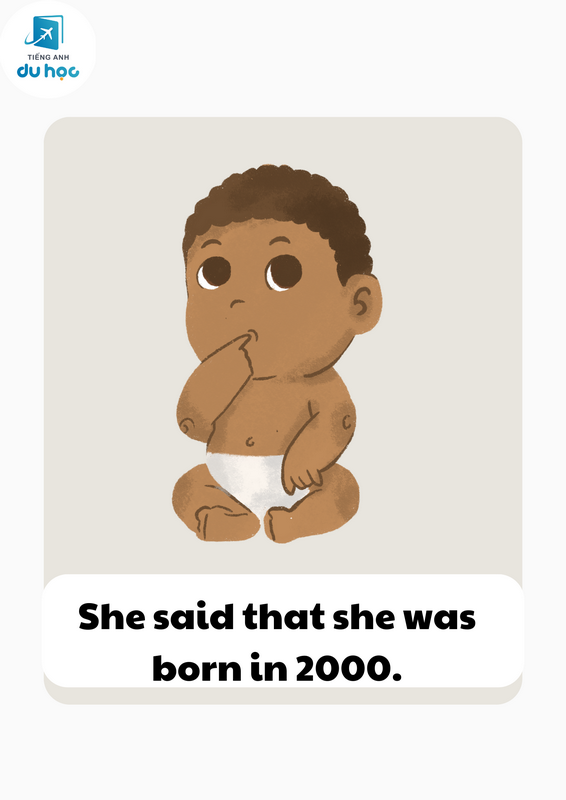
2.2. Chuyển về đại từ nhân xưng, đại từ sở hữu, tính từ sở hữu
| Đại từ nhân xưng | Trực tiếp | Gián tiếp |
| Chủ ngữ | I/ We/ You | He/ She/ They/ It |
| Tân ngữ | Me/ You/ Us | Him/ her/ them |
| Tính từ sở hữu | Me/ Our/ Your | His/ her/ their |
| Đại từ sở hữu | Mine/ ours/ yours | Him/ hers/ theirs/ his |
2.3. Chuyển đổi về từ chỉ thời gian và nơi chốn
| Trực tiếp | Gián tiếp |
| Today/ tonight | That day/ that night |
| Yesterday | The day before/ the previous day |
| last month/ night… | The month before/ the previous month/ the night before…… |
| Tomorrow | The next day/ The following day |
| This month | That month |
| The day before yesterday | Two days before |
| The day after tomorrow | In two day’s time |
| Next month | The month after/ the following month |
| Here | There |
| Now | Then |
| Ago | Before |
| This | That |
| These | Those |
Lưu ý:
- Nếu câu tường thuật vẫn ở cùng tại một thời điểm và thời gian, chúng ta sẽ không lùi thì của động từ, tính từ chỉ định và trạng ngữ chỉ thời gian và nơi chốn.
Ví dụ:
- Mike said, “I will come here to take that car tonight”
→ An hour ago he said he will come here to take this car.
- Thêm liên từ vào trong câu tường thuật dùng để chỉ nguyên nhân.
Ví dụ:
- Lucy said, “I am very tired i have studied overnight”
→ Lucy said she was tires because she had been studied.
Bài tập
Viết lại các câu sau đây:
1.“Open the window.” she said to them.
– She told them _______________________________
2. “Where are you going?” Jack asked Miley.
– Jack asked Miley where _______________________________
3. “Bring it back if it doesn’t work”, I said to her.
– I told _______________________________
4. “Don’t try to open it now.” he said to us.
– He told _______________________________
5. “Is it going to be a good day today?” I asked him.
– I asked him _______________________________
6. “He’s not at school”, she said.
– She said that _______________________________
7. “Is the airport far away?” the boy asked.
– The boy wanted to know _______________________________
8. “Don’t stay out late, Hanna.” Tommy said.
– Tommy told Hanna _______________________________
9. “Please let me borrow your laptop.” she said to him.
– She asked _______________________________
10. “Jin, have you seen my bag?” Thomas asked.
– Thomas asked Jin _______________________________
11. Don’t leave the room open, Mark.”, I said.
– I told Mark _______________________________
12. “Can I sit beside you, Jimmy?” Nick asked.
– Nick asked Jimmy _______________________________
13. “I want a ring for my birthday.” she said.
– She said that _______________________________
14. “Don’t use too much fast food she said to us.
– She asked us _______________________________
15. “Don’t do it again.” he said to them.
He told them _______________________________
Kết luận
Bài viết trên đây là tổng hợp chi tiết về quy tắc lùi thì trong tiếng Anh mà Tienganhduhoc muốn chia sẻ đến bạn. Hy vọng qua bài viết trên bạn có thể hiểu thêm về quy tắc lùi thì trong tiếng Anh và có thể áp dụng thuần thục trong các bài kiểm tra cũng như trong cuộc sống hàng ngày nhé.


